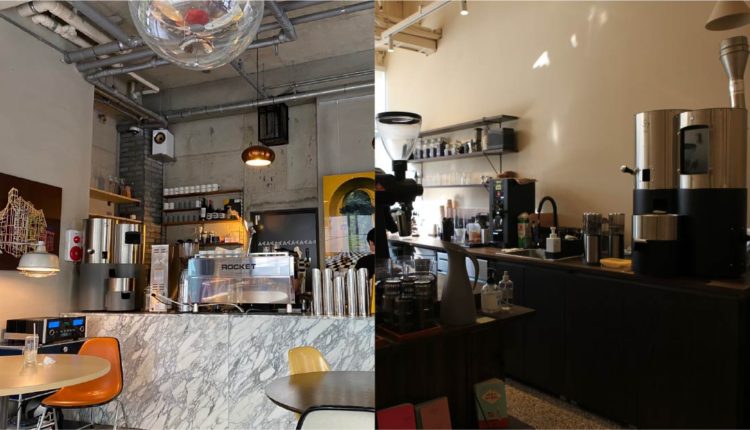Choosing a roaster for your coffee shop
Coffee shops roast their own beans for a number of reasons. Some might be keen to diversify and pick up an additional income stream; others may simply want the pleasure of serving freshly-roasted coffee to customers. In time, roasting your own coffee can come to be both financially and personally rewarding.
However, when getting started, one of the biggest decisions you need to make will be choosing a machine. Commercial coffee roasters will choose machines based on a number of factors, but in a coffee shop setting, it is a different challenge altogether.
There is a whole range of machines out there to choose from, each with their own styles, functions, and features. As such, finding the right roaster for your coffee shop is a challenge. To get some tips, I spoke with Michael Caro from Nook Bakery & Coffee Bar and Coffee and Kaapo Paavolainen from One Day Coffee Co. Read on to find out what they said.
You might also like our guide on how to launch your own specialty coffee shop.
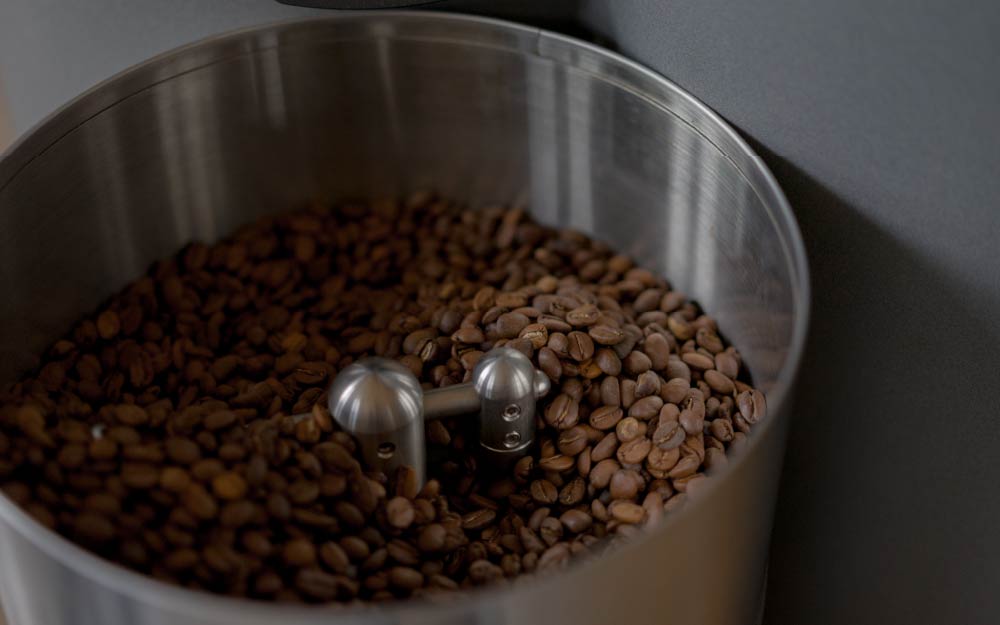
Why would a coffee shop start roasting their own coffee?
In the beginning, most coffee shops will source their beans from wholesale roasters.
This can be especially helpful in the first few weeks and months. As you’re finding your feet in a new coffee shop, a reliable source of delicious roasted coffee will provide stability. Additionally, if you partner with a high-profile or recognisable roaster, customers may even be more likely to enter your coffee shop.
However, roasting coffee in-house can massively improve profitability if you do it at scale. After the initial upfront investment in a roaster, your supply costs can drop as you buy green coffee and roast it yourself.
Michael Caro is the owner of Nook Bakery & Coffee Bar in Philadelphia, Pennsylvania. He says that roasting coffee in-house “saves [him] a lot of money”.
It will also make you more precise. Roasting to meet the exact amount of coffee you sell will make sure you are less likely to ever be under or oversupplied.
Michael adds that sourcing and roasting your own coffee doesn’t just give you the chance to offer people new flavours. It also opens up a whole world of possibilities by connecting you to the people and stories behind each cup. “We are just that much closer to the source of the coffee,” he says.
“We can discuss everything directly with importers and farmers, everything from growing conditions to processing methods. That insight and knowledge makes it so much more interesting.”
With this insight, you will be better equipped than ever to not just meet customers’ needs, but also bring them new, exciting flavours that can set you apart from the competition.
“[I got into] developing custom blends to match our customers tastes and to roast [each coffee] exactly the way I want it,” Michael says. “Obviously my way isn’t the only way, but it’s how I prefer it.”
Furthermore, once you’re more experienced at roasting, you can take the opportunity to package and sell roasted coffee as an additional income stream.
This is especially relevant during the pandemic. Many coffee shops across the world have been forced to close or limit operations in some capacity. At the same time, online sales of roasted coffee have skyrocketed.
Michael says that thanks to the increase in online orders, the higher average customer spend on roasted coffee has mitigated his overall loss of transaction volume by 40% to 45%.
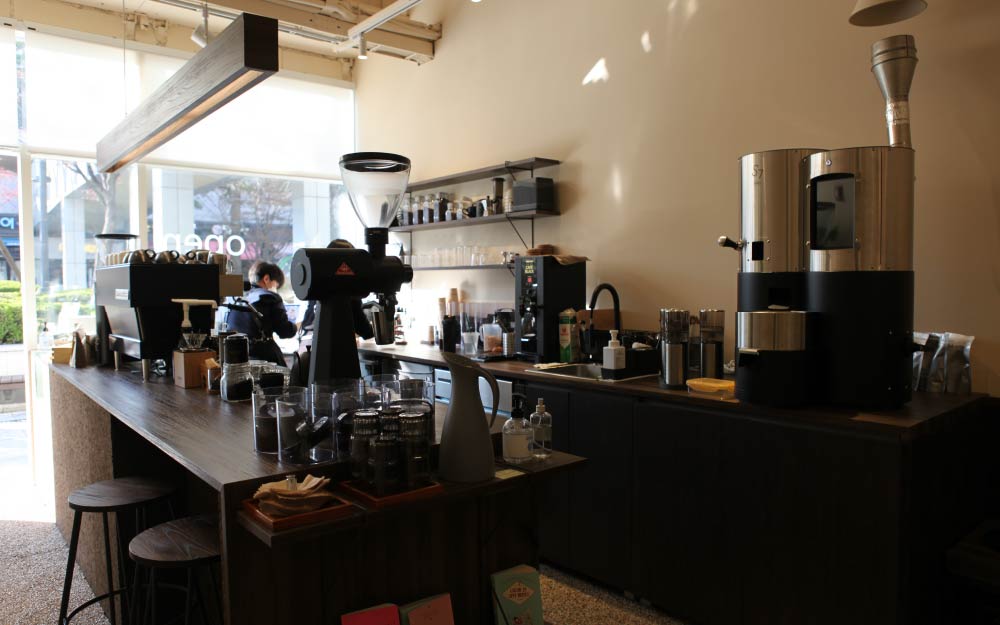

Tips for choosing the right roaster
So, now that you’ve decided to roast your own coffee, you need to choose a machine. There are a few factors to keep in mind when doing so.
However, it might also benefit you to speak to roasting experts and other coffee professionals if you have any questions. The next Roastrum webinar, which is set to take place on Friday, February 26, 2021, will focus on the “transformation” from coffee shop to roastery. You can sign up here.
Consider your space
First tip: think about the space you’re operating in. Many independent coffee shops are set in smaller premises where floor space may be limited for a number of reasons.
Typically, roasting requires a significant amount of space. Roasters themselves often take up a large amount of floor space (which varies based on capacity) but beyond that, you will need a dedicated area for storing and packaging beans, too.
Additionally, keep your roaster out of high-traffic areas. Consider how your baristas will be moving behind the bar as they pull shots, steam milk, and speak to customers – and keep your roaster out of their way.
Michael explains the benefits of choosing a compact roaster. “[We use a] Stronghold S7 Pro, a compact commercial roaster with a maximum capacity of 850g (1.87lb),” he says. “It can comfortably sit on the surface behind your coffee bar, or be stashed away in a side room.”
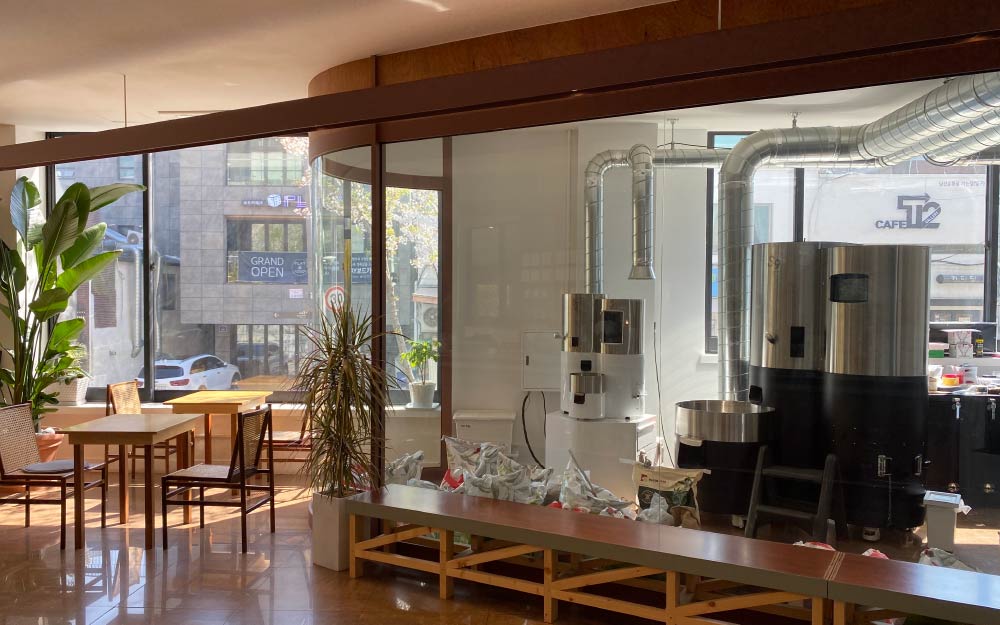

Ease of use
Roasting is a complex chemical process. It can take years of practice to fully understand, and even then, there’s no guarantee that you’ll achieve consistent results.
If you’re just starting to roast your own beans, it can be good to choose a roaster that is more accessible. While there aren’t too many roasters on the market that are aimed at those with less experience, they do exist.
Michael says that he had no prior experience when he started roasting his own coffee. He says: “After one demonstration outlining the roaster’s basic operation, I set it up on a mobile cart near our front door.
“Over the course of several nights and weekends, I roasted, tasted the results, and repeated… roasting and tasting, roasting and tasting, progressively getting better.
He adds that no matter which roaster you choose, it’s important to recognise that roasting is a process of continuous improvement.
“Trial and error may not seem like the most efficient learning process, but it’s a very effective teacher in the long run,” he says. “Paying close attention to your work, looking closely at the results, and listening to feedback from others can help make that learning curve less steep.”
Kaapo Paavolainen is the founder of One Day Coffee Co. in Helsinki, Finland. As a more experienced roaster, he says the experience of using the S7 Pro “feels like you’re driving a Tesla”.
Kaapo says that the S7 Pro is fully electric. He notes that with traditional gas-powered roasters, there is “latency” because of “gas management, the valves, or the flame heating the drum or a fluid bed of air”.
“[However], with the Stronghold S7 Pro, all your controls are second-by-second,” he says. “It really feels like you ‘push the pedal’ and it just goes.
“It is interesting, because it takes a while to get used to it. Once you do, however, you start to appreciate the finer control that you have with electricity.”
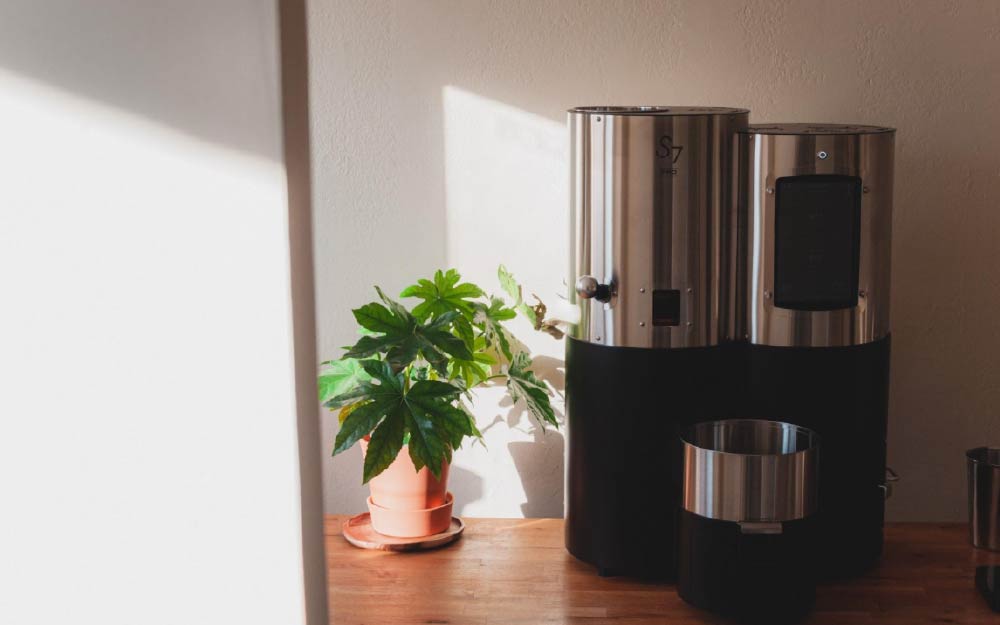

Keep labour costs in mind
Roasting will require a financial investment. As well as the money you spend on the roaster itself, you have to keep in mind that a member of staff will need to spend time operating the machine.
For some coffee shops, this will be a member of staff who already works there. Others may find they need to hire somebody who has more roasting experience, or even invest in upskilling an existing team member. Either way, this represents a cost in some capacity, whether it’s in terms of existing staff time or a new hire.
Altogether, this means that coffee shop owners should look for roasters that can help them save time (and therefore money) in the long term.
One of these is the ever-popular profile “auto-replication” feature. On the Stronghold S7 Pro, for example, there is a proprietary profile replication algorithm.
This can record and replicate pre-existing roast profiles, meaning that the same flavours can be produced time and time again without the need for an operator to stand over the roaster.
This gives team members more freedom to multitask, rather than always requiring somebody to sit there and watch the beans through the roast. In turn, this leads to a more efficient team and lower operational costs.
Furthermore, in some coffee shops, it’s not uncommon for a single barista to be working alone on shift. If this is the case, it’s only more important that you look for an accessible roaster that can be programmed to work at least semi-autonomously.
“[Using the S7 Pro], I was roasting while also researching custom boxes, tissue paper designs, serving customers, and so on,” Michael says. “It’s wonderfully helpful in terms of being able to multitask without really messing up.”
Energy & the environment
Modern consumers are increasingly starting to demand that brands become environmentally sustainable. As such, operating in an energy-efficient way can influence the number of customers who visit your coffee shop, as well as your utility bills.
Roasting is an energy-intensive process, and most traditionally-designed roasters are fuelled by natural gases. However, in recent years, a greater number of fully-electric roasters have entered the market. As a long-term investment, an energy-efficient roaster can minimise your environmental impact and benefit your business in the long run.
Kaapo says that at One Day Coffee, he now operates a coffee roastery that is powered completely by renewable energy.
“The S7 Pro only used electricity, and here in Finland, we’re able to choose how our electricity is produced,” he says. “The electricity I’m utilising has been produced by wind and solar energy, which means that the energy I’m using for roasting is all renewable.
“I know it might just sound like a marketing gimmick, but it’s pretty amazing.”


As with any investment in equipment, choosing a roaster for your coffee shop will require a lot of research.
So, before you make a purchase, think long and hard about where you’ll put the machine, how it will affect barista workflow, who will manage it, and how it’ll affect your energy bills. Considering all of these factors will help you choose a roaster that’s right for your setting.
Enjoyed this? Then try our article on high-tech equipment in the coffee shop.
Photo credits: Nook Bakery & Coffee Bar, Stronghold
Perfect Daily Grind
Please note: Stronghold is a sponsor of Perfect Daily Grind.
Want to read more articles like this? Sign up for our newsletter!
Source: Perfect Daily Grind



